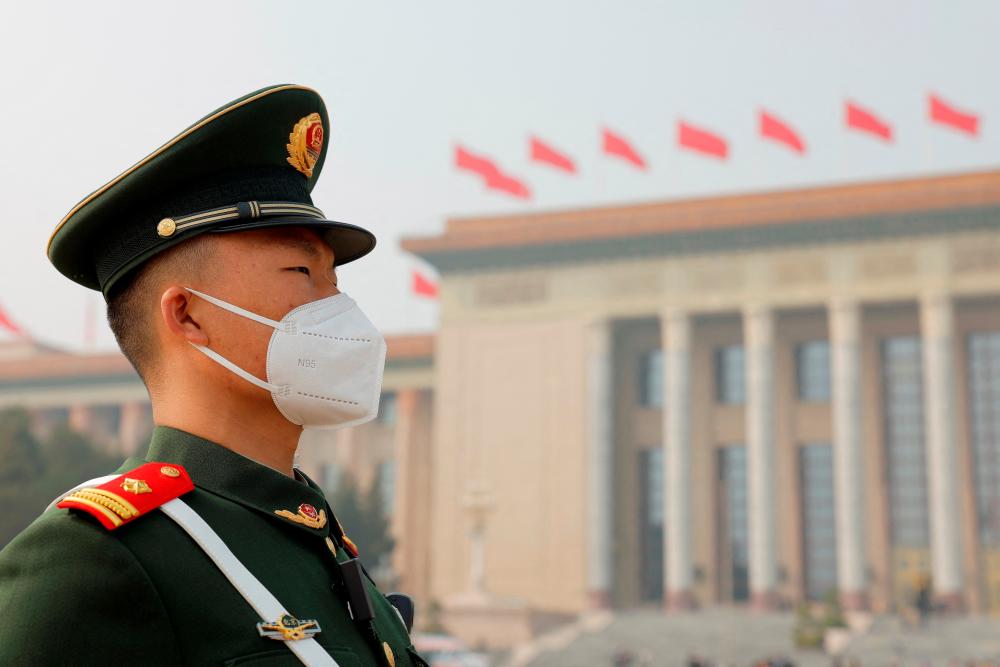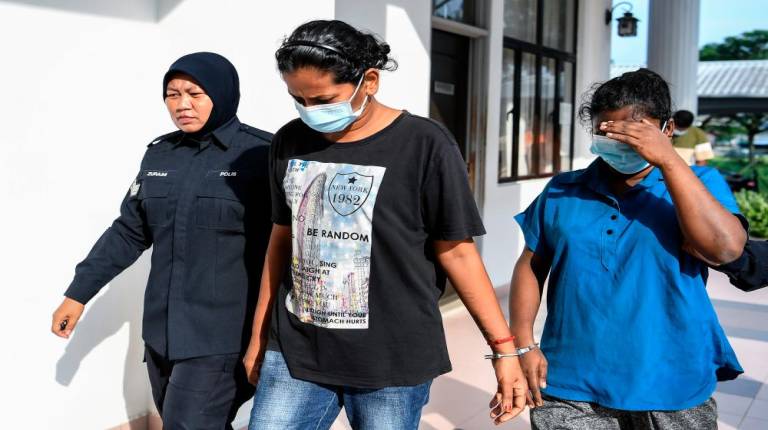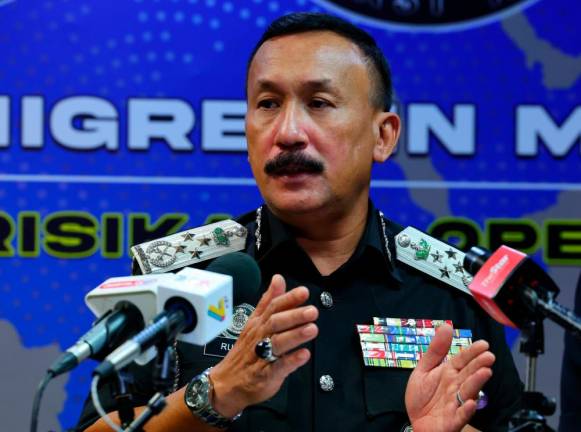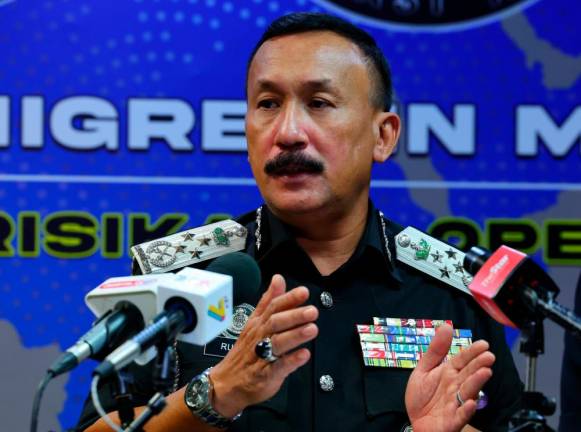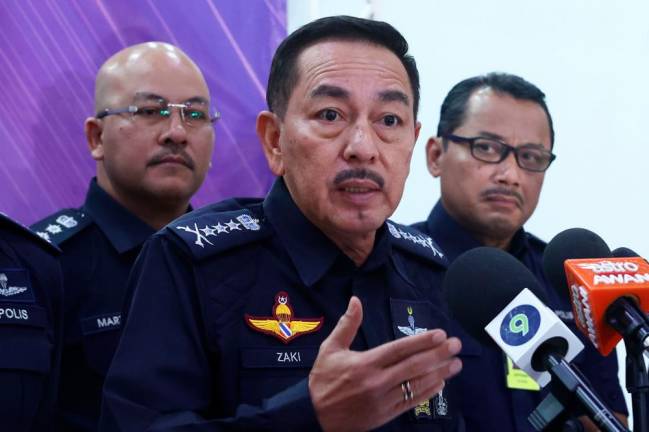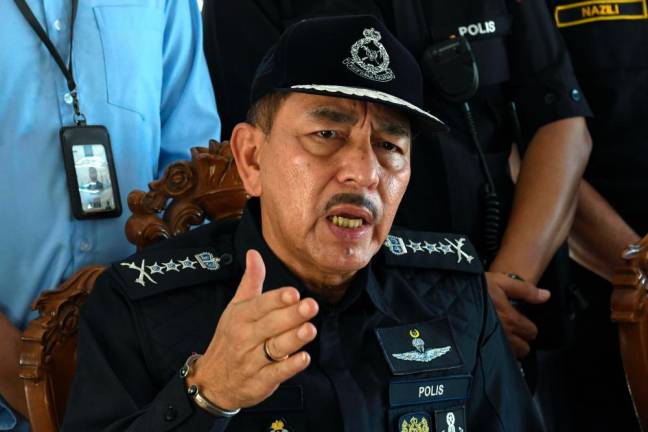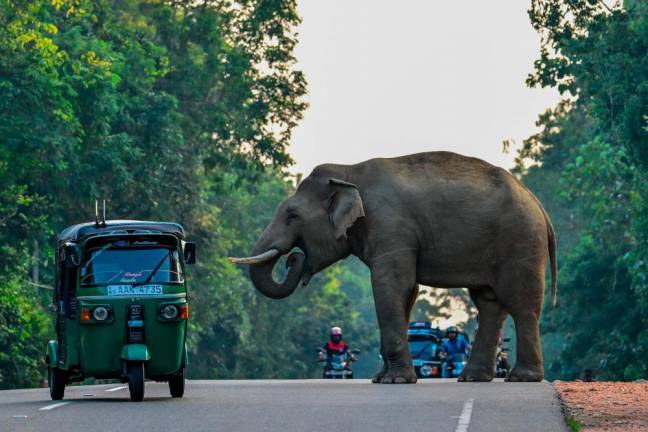BEIJING: China has the world's largest standing army and navy, with Beijing announcing on Sunday the biggest increase to its military budget since 2019.
Below are some facts about China's defence capabilities and how crucial military decisions are made:
World's largest military
The People's Liberation Army (PLA) has over two million trained men and women on active duty, according to the London-based International Institute for Strategic Studies (IISS), making it the world's largest armed force.
Ground troops make up the bulk of the army with 965,000 soldiers, while the navy has 260,000 members and the air force 395,000. There is also a strategic missile force of 120,000 and a paramilitary arm with 500,000 soldiers.
Beijing has pruned its military in recent years, cutting nearly 300,000 soldiers from its land-based forces in 2019, while pouring billions of dollars into defence modernisation.
It plans to complete those efforts by 2035, and to transform the military into a “world-class” force rivalling those of the United States and other Western powers by 2050.
“China is modernising its armed forces overall, much-needed investments as some units are among the world’s best trained and equipped but other units are still lagging decades behind,“ said Niklas Swanstrom, director of the Institute for Security and Development Policy.
Navy, air force
China has the largest navy in the world in terms of the number of vessels, but the fleet contains many smaller warships, including frigates and corvettes.
Beijing has three aircraft carriers, but only two are operational, with the third still in testing. The United States has 11 aircraft carriers.
The Pentagon in November said China’s air force was “quickly catching up with” Western ones.
“Within the last three years annual production rates of both the J-16 and J-20 (fighter jets) have likely doubled,“ according to an IISS analysis.
Foreign bases
China has only one military base abroad, in Djibouti, which it says was established to protect commercial vessels from pirates operating near the Horn of Africa.
China is also modernising Cambodia's Ream naval base, but it is unclear whether a Chinese unit will be stationed there.
Ream is strategically located in the Gulf of Thailand, providing ready access to the fiercely contested South China Sea -- a key global shipping route.
The Chinese army's international experience has been limited to taking part in UN peacekeeping missions in a handful of countries including Sudan, Mali and Lebanon.
Xi's army
President Xi Jinping has tightened his grip over the military since abolishing term limits in 2018, allowing him to stay in power indefinitely.
In 2021, the National Defence Law was amended to give full responsibility for defence mobilisation to the Central Military Commission (CMC) led by Xi.
This means China's cabinet, the State Council, has no say in decisions linked to military deployment.
The CMC is also in charge of managing and supervising PLA procurement since March 2022.
The military’s “operational effectiveness, however, remains hampered by training and doctrine issues”, according to IISS.
Nukes and hypersonic missiles
China also has a large stockpile of missiles, along with stealth aircraft and bombers capable of delivering nuclear weapons, as well as nuclear-powered submarines.
Beijing has about 350 nuclear warheads, far fewer than the 5,428 held by the United States or the 5,977 owned by Russia, according to data from the Stockholm International Peace Research Institute (SIPRI).
China's nuclear stockpile is expected to increase to about 1,500 warheads by 2035, the Pentagon said last year.
Beijing tested a nuclear-capable hypersonic missile that circled the globe in August 2021 and caught US intelligence by surprise.
China has a strict “no first use” policy on nuclear weapons. - AFP



